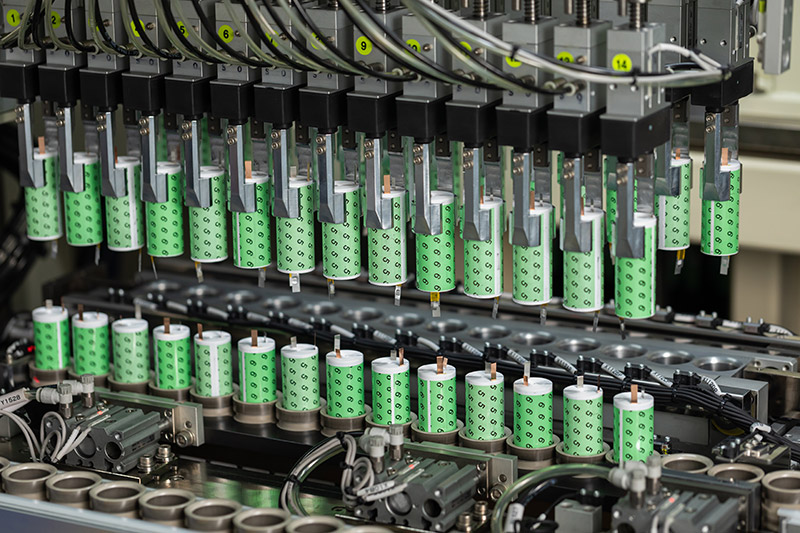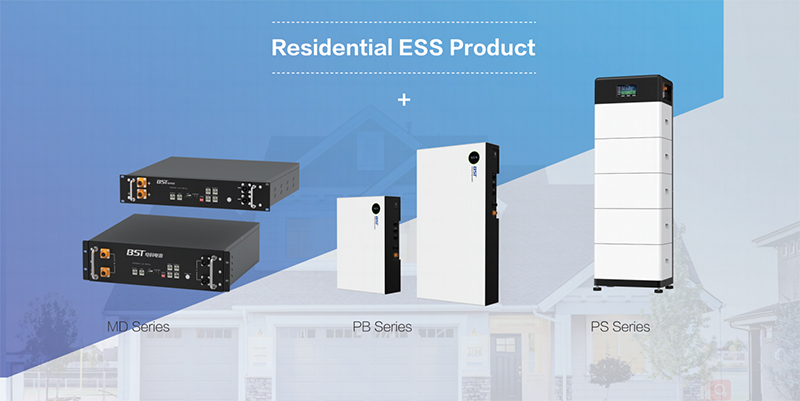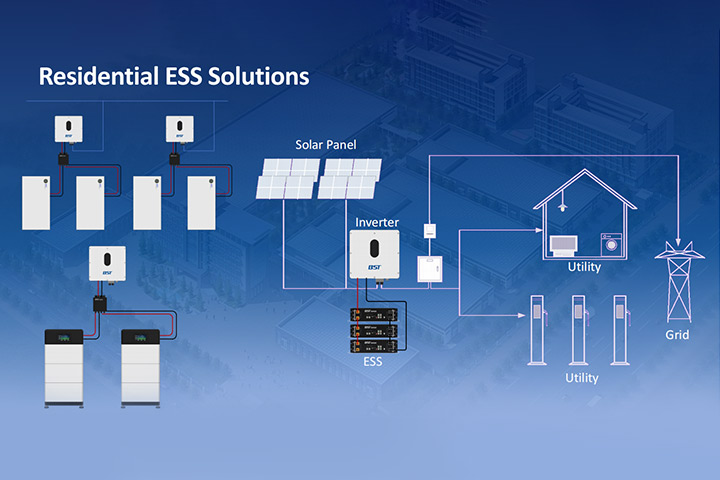LiFePO4 (Lithium Iron Phosphate) batteries are rapidly becoming the top choice for energy storage due to their long lifespan, safety, and stable performance. But how long do LiFePO4 batteries actually last? In this article, we’ll explore the real-world lifespan of LiFePO4 batteries, what affects it, and how to extend their longevity for various applications such as solar systems, RVs, electric vehicles, and more.

📌 Quick Answer: LiFePO4 Battery Lifespan
- Cycle Life: Typically 3,000 to 6,000 cycles at 80% Depth of Discharge (DoD)
- Calendar Life: 8 to 15 years depending on usage and storage
- Typical Use: A well-maintained LiFePO4 battery can last 10+ years
🔋 What Is a Cycle in LiFePO4 Batteries?
A battery cycle is one full charge and discharge. For example, if you use 50% of the battery one day and 50% the next, that counts as one full cycle.
LiFePO4 batteries can easily handle 3,000 to 6,000 full cycles, depending on usage patterns. Some premium-grade LiFePO4 batteries even exceed 7,000 cycles.
📊 Lifespan Comparison With Other Battery Types
| Battery Type | Cycle Life | Calendar Life | Safety Level | Maintenance |
|---|---|---|---|---|
| LiFePO4 | 3,000–6,000+ | 10–15 years | High | Low |
| Lead-Acid (AGM) | 300–500 | 3–5 years | Medium | Medium |
| NCM/NCA Lithium-ion | 1,000–2,000 | 5–10 years | Medium | Low |
| NiMH | 500–1,000 | 3–5 years | Medium | High |
Verdict: LiFePO4 batteries outperform traditional options by far, especially in cycle life and safety.
🛠️ Factors That Affect LiFePO4 Battery Lifespan
- Depth of Discharge (DoD)
The deeper you discharge, the fewer cycles you get. Keeping DoD around 80% or less significantly extends life. - Charge/Discharge Rate (C-rate)
High current can stress the battery. Stay within manufacturer-recommended C-rates for best results. - Operating Temperature
Ideal range: 0°C to 45°C. Avoid high heat or freezing conditions, which can degrade battery chemistry. - Charge Voltage and Cutoff Settings
Overcharging or over-discharging reduces lifespan. Using a Battery Management System (BMS) helps prevent this. - Storage Conditions
If stored long-term, keep the battery at 40–60% charge, in a cool, dry place.
🧪 Real-World Example: 10-Year Use Case
A 100Ah LiFePO4 battery used in a solar system with daily 80% DoD:
- 1 cycle/day × 365 days = 365 cycles/year
- 3,000 cycles ÷ 365 ≈ 8.2 years minimum
- With proper maintenance, some users report over 10–12 years of effective use
💡 Tips to Extend LiFePO4 Battery Life
- Use a compatible BMS to avoid over/under under-voltage
- Avoid full 100% discharges when possible
- Don’t be exposed to high temperatures or direct sunlight
- Regularly balance cells (auto-managed by BMS in most cases)
- Choose reputable brands with verified test cycles and warranties
✅ Applications That Benefit From Long Battery Life
- Home Energy Storage Systems (ESS)
- RVs and Off-Grid Camping
- Electric Vehicles
- Marine and Golf Carts
- Industrial Backup Power and Telecom
The long life of LiFePO4 makes them ideal for long-term ROI and low-maintenance applications.
🧾 Frequently Asked Questions (FAQs)
1. Can LiFePO4 batteries last 20 years?
In ideal storage and low-usage scenarios, yes. But under regular daily use, 10–15 years is more typical.
2. Do LiFePO4 batteries degrade over time even if unused?
Yes, though very slowly. They have a low self-discharge rate (~2-3% per month). Proper storage can keep them usable for years.
3. Are LiFePO4 batteries worth the cost?
Absolutely. Though initial costs are higher than lead-acid, the longer lifespan and fewer replacements save money in the long run.
4. How do I know when my LiFePO4 battery is dying?
Common signs:
- Reduced capacity
- Battery doesn’t hold charge
- Slower charging/discharging rates
- Error alerts from BMS
🔚 Conclusion: Are LiFePO4 Batteries Long-Lasting?
Yes—LiFePO4 batteries are among the longest-lasting rechargeable battery types available today. With thousands of cycles, strong thermal stability, and minimal maintenance, they offer a solid return on investment for any application. By understanding how to care for them properly, you can maximize their life well beyond 10 years.



